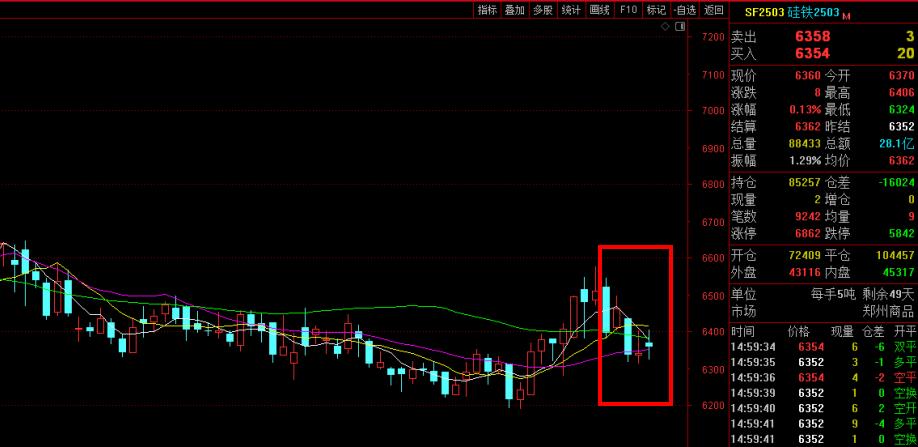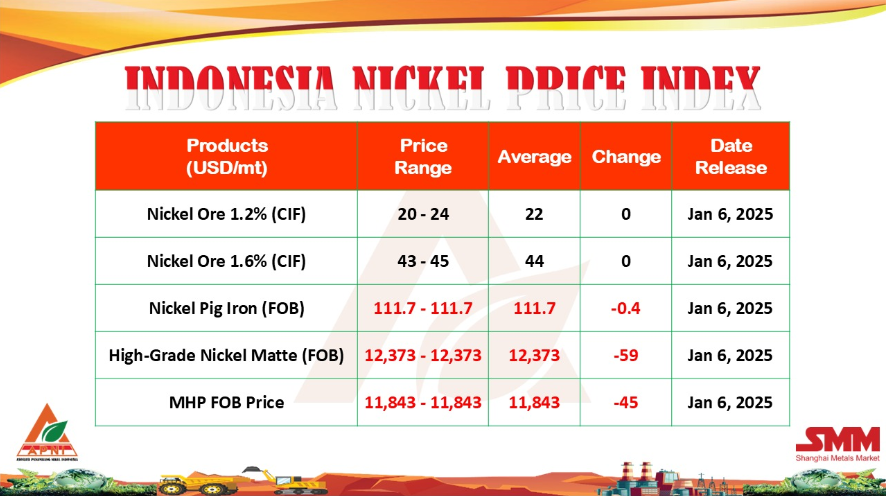Alloy cored wire feeding technology is an external refining technology, which makes various alloy powder into alloy cored wire by low-carbon steel strip coating and then send the alloy powder to molten steel nearby the bottom of the steel ladle through slag layers at a certain rate by using wire feeder to treat the molten steel such as deoxygenation, desulfurization, alloy composition fine adjustment, inclusion degeneration to achieve the purposes of improving cleanliness of molten steel, increasing content of steel and reducing cost. Because alloy additive is sent to the depth of the molten steel directly, it can overcome some negative factors such as alloy element proportion is light, fusion point is low, uneasy to be added within the furnace due to strong affinity of oxygen in steel or secondary oxidation resulting in burning loss due to contacting with slag. In recent years, this technology has got a rapid development in metallurgy industry, but application of wire feeding technology is just beginning.
Molten steel wire feeding processing can solve some problems that are hard to be solved or cannot be solved well by other processes. It is also simple and convenient with a low cost. Deoxygenation is necessary in the process of steelmaking. Because carbon content in molten steel is much lower than that in molten iron, oxygenation intent of molten steel is much more than that of molten iron. Even if steelmaking by using non-oxidation, no qualified product is available without deoxygenation operation. Therefore, deoxygenation operation for reducing oxygen content in molten steel is a very important process. In foundry industry, more and more factories are using induction electric furnace for steel smelting for the consideration of smelting cost and production efficiency. Due to low temperature of slag phase in electric induction furnace, deoxygenation and refining are difficult through slag phase. For this reason, aluminum insert method is generally adopted, but Deoxidizing products are hard to discharge by floating from molten steel and residual aluminum oxide affects performance of steel due to its form and poor distribution. Actually, silicon calcium, ferrosilicon and other deoxidizing agents used for diffusing deoxygenation has a high affinity with oxygen. Its deoxidizing products are generally composites composed of metal oxide and non-metal oxide. Most of them are easy to discharge by floating from molten steel, but they are hard to be added into inside of molten steel because of their little proportion. Additionally, calcium cannot play the roles of deoxygenation and changing attributes of inclusions due to very low boiling point of calcium.
Wire feeding processing molten steel can send some deoxidizing agents which the deoxygenation effect is good but are generally hard to be added such as silicon calcium into the depth of the molten steel through cored wire feeding to fuse, react and to be adopted inside of the molten steel. In this way, absorptivity of calcium and deoxygenation effect can be increased greatly. Generally, by using wire feeding processing deoxidizing agents can be reduced, while oxygenation is even more radical. Sort of active deoxidizing agent is even more.
In the process of adding alloy element, alloy element might react with air and slag phase layer of the surface of the molten steel to reduce amount of alloy element that is added into steel really. Affected by density and boiling point, some of alloy element that has entered molten steel through slag layer might escape from molten steel quickly and cannot be absorbed by molten steel effectively. Especially some active metallic elements or elements that are easily gasified are even more so. This not only increases cost of alloying, but also results in fluctuation of actual content of alloy element in steel by a large margin because of unsteadiness of alloy element absorption to influence performance of alloy steel. Wire feeding processing can exactly solve this problem. Through wire feeding process, alloy elements can be sent to the depth of the molten steel with no influence of air and slag phase completely. Moreover, because alloy element is at the depth of the molten steel and is fused and absorbed under a high pressure, there is a large contact area and a long action time between alloy elements and molten steel, absorptivity of alloy element is high and absorption is more stable, accordingly, the actual content of alloy elements is secured to be more accurate. Especially with micro- adjustment to composition of alloy elements, wire feeding processing can control precisely within the range of being close to analytical error.
- [Editor:张德众]



 Save
Save Print
Print Daily News
Daily News Research
Research Magazine
Magazine Company Database
Company Database Customized Database
Customized Database Conferences
Conferences Advertisement
Advertisement Trade
Trade














 Online inquiry
Online inquiry Contact
Contact

Tell Us What You Think